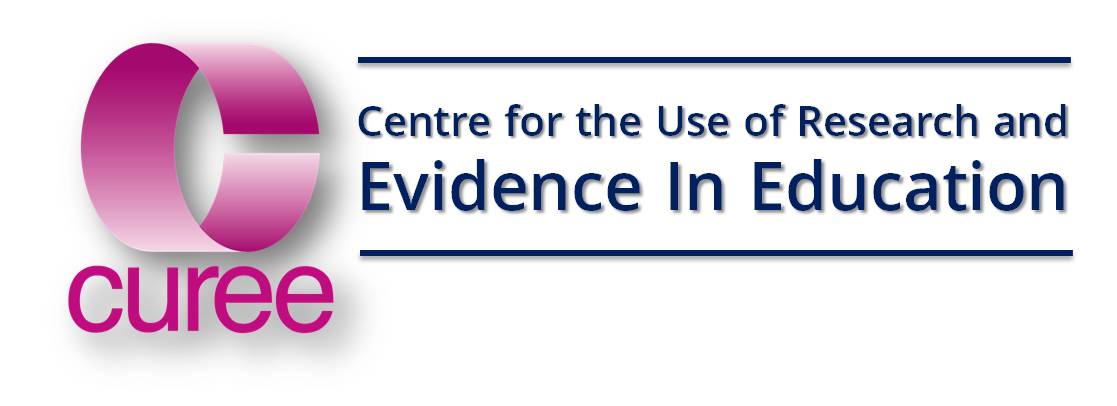“Peccavi” was the one word telegram that Sir Charles Napier (apocryphally) sent to announce his conquest of Sindh province (it’s Latin for “I have sinned”). Blaise Pascal, French mathematician and philosopher famously ended a letter with the apology “I would have written a shorter letter, but I did not have the time”. Both are good examples of how less can definitely be more in communicating something important.
Should we be surprised then that the new standards are a spartan 327 words long? How can a laconic list of 20 statements really capture everything that the profession is and aspires to be? In the case of the new standards, there is a significant reduction in length from the preceding LLUK standards, but they also mark a watershed in the way professional practice in the sector is framed. In teacher training, the tightly prescribed set of competencies in the 2007 standards could sometimes make becoming a teacher seem like a tick box exercise and didn’t do enough to encourage teachers to grow and own their own identity as a professional. But the new standards’ more trusting message to practitioners is to develop their own evidence based judgements about practice in collaboration with colleagues. This sense of self enquiry can empower practitioners to test out new approaches in their own classrooms and refine their practice. This provides enormous potential for innovation in the sector, as long as leaders support strong and consistent mechanisms for collaboration, and access to, and dissemination of, practitioner research. Support could be as simple as time to talk and plan, or organising easy and quick access to user friendly summaries of research. For example, an interactive Route Map uploaded onto the college’s VLE can provide a structure and quick access to research in different formats, and can also be used as a platform for staff to share and upload their own case studies. Whatever the approach, leadership commitment will be needed to foster organisational cultures which give teachers the support and the agency to innovate. So with a clear and uncomplicated design, the standards are actually the modern architecture which can house a critical and enquiring profession and provide it with the space to develop. Read more about the standards in the June edition of IfL’s InTuition magazine.
This blog was written by Anne Groll, you can email Anne at anne.groll@curee.co.uk if you have any questions about the blog, or simply leave a comment...
